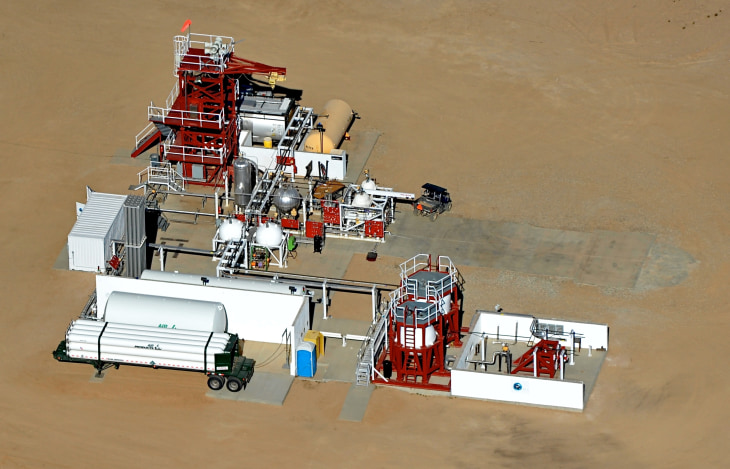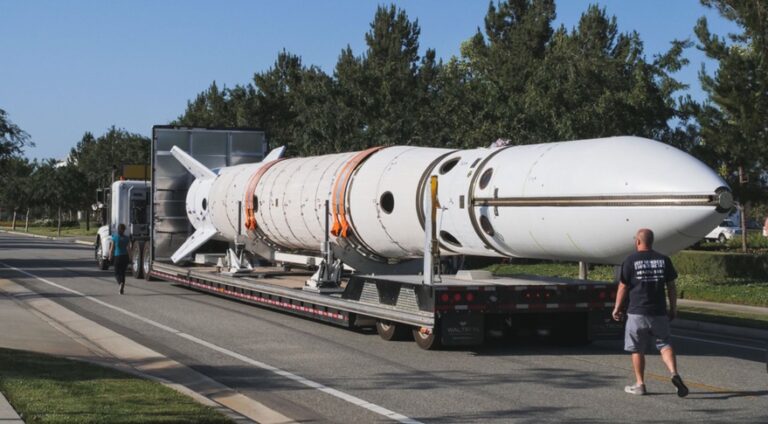Using modern parts & techniques satellites can be made MUCH smaller, some weighing just a few kilograms. NASA recently demonstrated even cell phone techs can be adapted to them. There are also tiny and inexpensive solar-electric ion and plasma propulsion systems for micro & mini satellites, allowing them to maneuver and even change orbits.
Even the US military is talking about redundant networked arrays (constellations) of mini and micro satellites because they're cheaper to deploy and much harder to take out. Similar advantages apply to telecommunications from satellite phones to satellite internet. Also advantageous is that they are more amenable to rapid replacement and launch-on-need.
With LauncherOne Virgin Galactic is taking direct aim at this market
Virgin Galactic LauncherOne page....
A Space News article on VG addresses this....

Even the US military is talking about redundant networked arrays (constellations) of mini and micro satellites because they're cheaper to deploy and much harder to take out. Similar advantages apply to telecommunications from satellite phones to satellite internet. Also advantageous is that they are more amenable to rapid replacement and launch-on-need.
With LauncherOne Virgin Galactic is taking direct aim at this market
Virgin Galactic LauncherOne page....
A Space News article on VG addresses this....
>
>
Virgin too has its eye on orbital space transportation, but plans to build up to it from suborbital flight services -- including point-to-point travel -- and from a fledging satellite-launching business that uses the spaceship’s carrier WhiteKnightTwo aircraft.
“All of these things are now possible,†Branson said. “We will be ramping up our spaceship-building program over the next three years. We believe the demand will exceed supply and now that we’ve gotten through this milestone, we’ll certainly be expanding the program.â€
Branson said he expects to add another $100 million or so to the $500 million already spent on the SpaceShipTwo project, but ticket sales won’t be Virgin’s only return on investment.
With two WhiteKnight carrier aircraft, Virgin Galactic can put 3,500 small satellites into orbit per month.
“That can do radical things for telecommunications, internet access, wi-fi and so on. It’s many, many more than anyone else has the capability of doing,†Branson said.
“Because we’re not land-based, it’s much easier for us to do it without having to wait in a long queue to do so. We can replace satellites in 24 hours, and we can put an array in very quickly,†he said.
>
Virgin too has its eye on orbital space transportation, but plans to build up to it from suborbital flight services -- including point-to-point travel -- and from a fledging satellite-launching business that uses the spaceship’s carrier WhiteKnightTwo aircraft.
“All of these things are now possible,†Branson said. “We will be ramping up our spaceship-building program over the next three years. We believe the demand will exceed supply and now that we’ve gotten through this milestone, we’ll certainly be expanding the program.â€
Branson said he expects to add another $100 million or so to the $500 million already spent on the SpaceShipTwo project, but ticket sales won’t be Virgin’s only return on investment.
With two WhiteKnight carrier aircraft, Virgin Galactic can put 3,500 small satellites into orbit per month.
“That can do radical things for telecommunications, internet access, wi-fi and so on. It’s many, many more than anyone else has the capability of doing,†Branson said.
“Because we’re not land-based, it’s much easier for us to do it without having to wait in a long queue to do so. We can replace satellites in 24 hours, and we can put an array in very quickly,†he said.









Comment